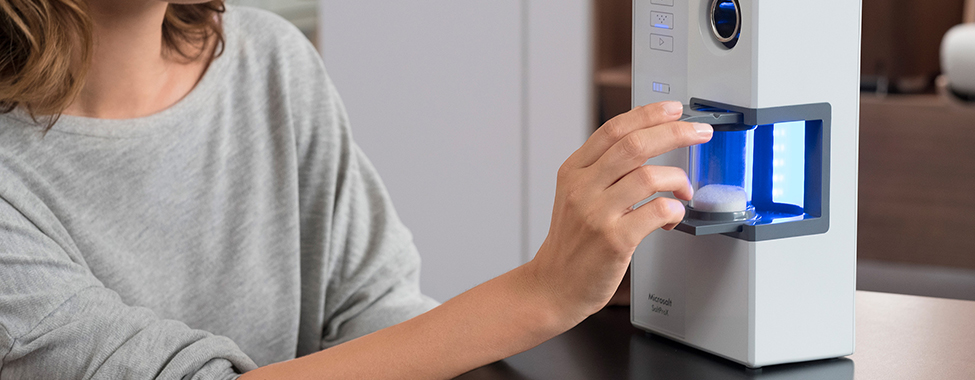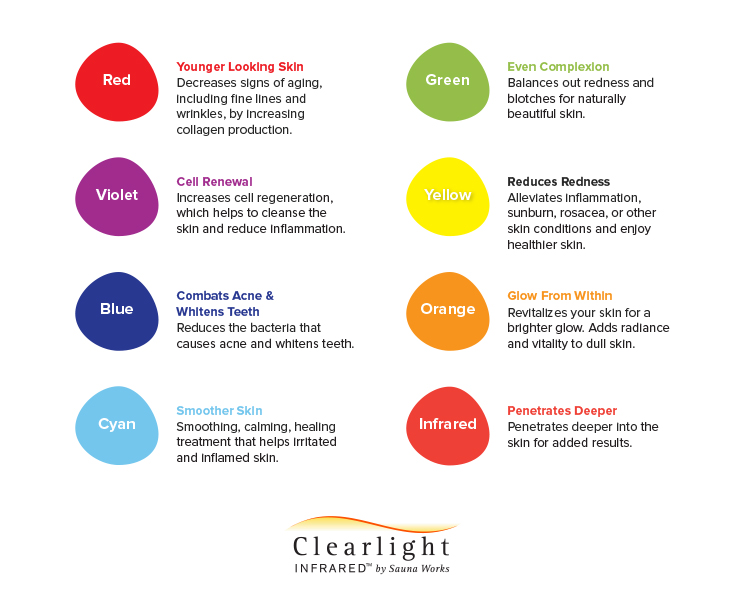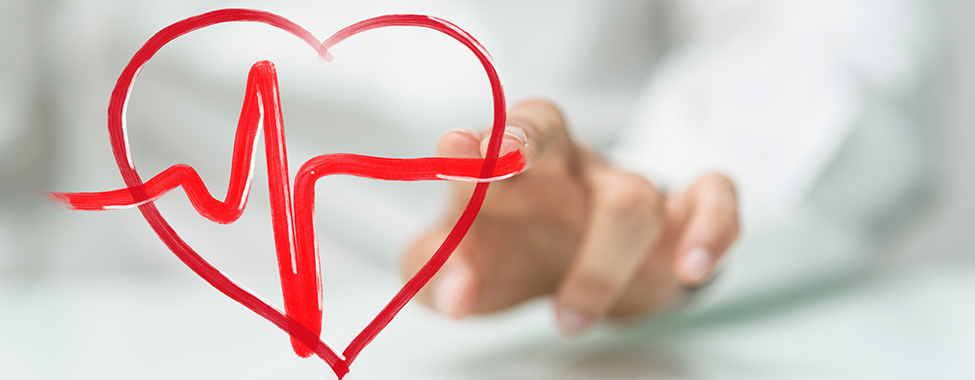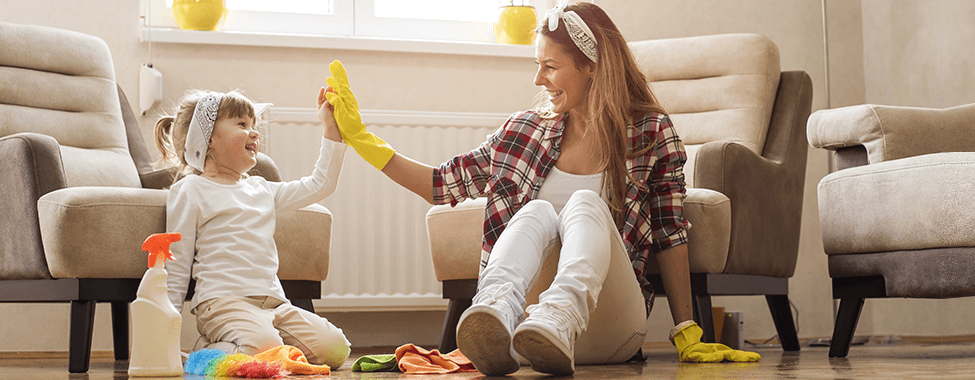Halotherapy, or salt therapy, has been a rising trend in spas and is deep-rooted in ancient healing practices. From having a calming effect to helping treat respiratory issues, there are many halotherapy benefits. Learn about the types of salt therapy and the health benefits of salt therapy at home or in spas below.
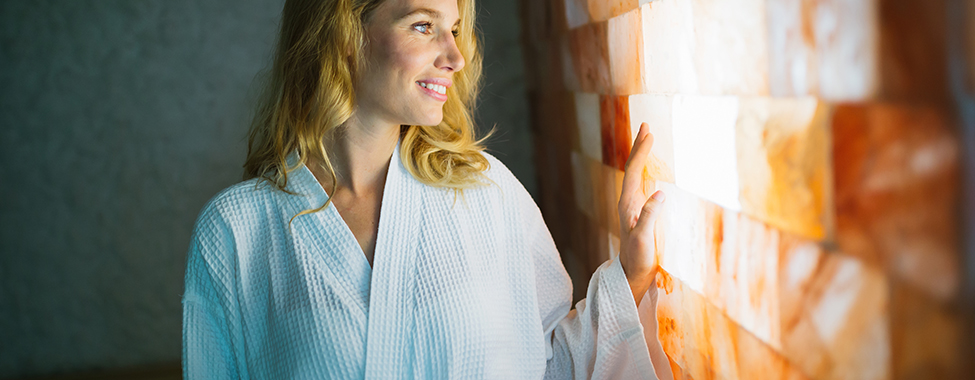
What is Halotherapy?
Halotherapy is the practice of salt therapy that uses microsalt to promote a range of health benefits once inhaled. In the popular practice of dry halotherapy, the treatment is intended to recreate the atmosphere of salt caves with dry, cold conditions and a high concentration of micronized salt in the air. Typically, a halotherapy generator is used to crush salt into microparticles that are easily inhaled by the user. Halotherapy can also be practiced using wet methods that include creating a solution of salt and water applied in various ways.
The efficacy of salt for improving respiratory issues has been observed since medieval Europe by Catholic monks, and halotherapy might have even been practiced in ancient Greece and Rome. In 1843, Polish doctor Feliks Boczkowski published a treatise noting his theories on the respiratory health benefits of salt therapy after noticing miners in the Wieliczka Salt Mines had low occurrences of respiratory problems. Today, salt therapy has become a popular spa treatment and has even made its way into the average home through items like salt lamps.
Halotherapy Benefits
As it is an alternative treatment, halotherapy medical research is not as prevalent, and salt therapy benefits are currently anecdotal and not scientific. That being said, salt is antibacterial and anti-inflammatory, and can help with excessive mucus, pathogen agents, digestive issues, depression, skin conditions, and immune system oversensitivity. With all of these properties, it’s easy to see that incorporating salt therapy into your life can help remedy a range of health issues.
Health benefits of salt therapy include aid in treatment of the following conditions:
| Asthma | Colds | Depression |
| Chronic Bronchitis | Ear Infections | Seasonal Affective Disorder (SAD) |
| Breathnessness | Sinus Infections | Psoriasis |
| Chest Tightness | Allergies | Eczema |
| Tonsillitis | Hay Fever | Acne |
| Laryngitis | Snoring | Rosacea |
| COPD | Sleep Apnea | Dry Skin |
| Cystic Fibrosis | Insomnia | Rashes |

Microsalt is especially effective when used for respiratory and skin conditions. In the respiratory system, the main halotherapy benefits (antibacterial, anti-inflammatory, hydrophilic, and mucokinetic) help stimulate the body’s process of cleansing the system to eliminate foreign particles such as pollutants and allergens to restore proper respiratory functions. For the skin, salt therapy helps regulate pH levels and enhances the reparative and regenerative properties. It can also boost the production of collagen fibers for rejuvenation and lymph cells for an immune system boost.
Halotherapy also helps improve mental health and boosts mood. Salt contains negatively charged ions that leave you feeling invigorated, positive, and stress-free. These negative ions are also known to reduce serotonin levels. While serotonin is typically associated with happiness and calmness, serotonin syndrome, or the excess of serotonin in the system, can cause agitation and insomnia. Salt therapy can help normalize serotonin levels, thus leveling out mood and improving sleep.
What are the Dangers of Salt Therapy?
While there are many health benefits of salt therapy, every user’s case is different. Salt therapy side effects are rare and are typically avoidable, but depending on your sensitivities to salt, you may experience some discomfort. Some reported side effects include temporarily constricted airways, headaches, minor tightness in the chest, and slight eye irritation. Typically, these “dangers” of salt therapy are hardly risks at all and can be avoided by ensuring the environment is controlled by managing the time spent and levels of salt in the atmosphere.
While one can breathe salt air for 24 hours without adverse effects, we recommend doing short sessions at a regular cadence to avoid side effects and create lasting results. Set a timer when practicing halotherapy at home or speak with a professional to determine the appropriate halotherapy session time for you if visiting a spa. If you have any major health concerns, consult your doctor before participating in any new treatments.
Salt Therapy Methods
Dry Method
The dry method of halotherapy is the most common, where microscopic particles of salt created by a halotherapy generator and are distributed into the air. Dry halotherapy sessions take place in a dry and cool room, or artificial salt cave, set to 68°F or lower. Users spend 30-45 minutes inhaling the salt particles that help remedy ailments and create a calming effect. The dry method of salt therapy shows the best and longest-lasting results when used on a regular basis, and allows for the microsalt to be inhaled deep into the respiratory tract.
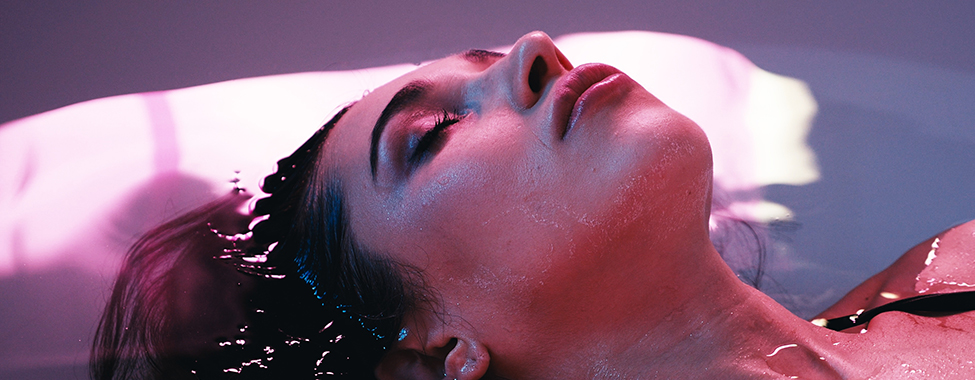
Wet Method
Halotherapy can also be done with the wet method, where salt and water are combined into a solution that can be applied in a number of ways. Some examples of wet salt therapy methods are gargling or drinking salt water to tend to a sore throat, using a saline solution to clear nasal passages, soaking in an Epsom salt bath for aches and pains, and floating in highly-concentrated saltwater tanks. Salt can be inhaled using the wet method but is not as effective as dry halotherapy, as wet aerosol inhalations only allow the saline solution to reach the upper respiratory tract.
Salt Therapy at Home
Going to the spa for a halotherapy treatment is always a relaxing way to enjoy the health benefits of salt therapy, but you don’t need to leave the house or spend money every time you want a health or mood boost. Depending on your budget, there are plenty of ways to practice salt therapy at home:
- For those with larger budgets, consider adding a salt room to your home. Outfit your personal salt cave with Himalayan salt bricks and a salt bed for the full experience. Don’t forget a microsalt generator to create the concentrated salt air necessary for enjoying the full benefits.
- For those with less space to dedicate an entire salt cave to, consider adding a microsalt halotherapy generator to your infrared sauna sessions. Creating your own salt sauna experience allows you to combine the powerful detoxifying properties of infrared therapy with the healing benefits of halotherapy. Make a total health sanctuary by incorporating chromotherapy and aromatherapy as well for a true spa getaway at home.
- For those with a smaller budget, there are plenty of affordable salt therapy treatments you can do at home. Himalayan salt lamps create beautiful ambiance while providing halotherapy benefits in small spaces. Additionally, you can practice wet salt therapy by soaking in an Epsom salt bath.
Regardless of how you get your dose of salt therapy, this all-natural treatment is a wonderful way to improve your health and mood. From spa days to bubble baths at home, there is no wrong way to experience the many benefits of halotherapy!
 Canada
Canada Australia
Australia New Zealand
New Zealand Malaysia
Malaysia China
China



